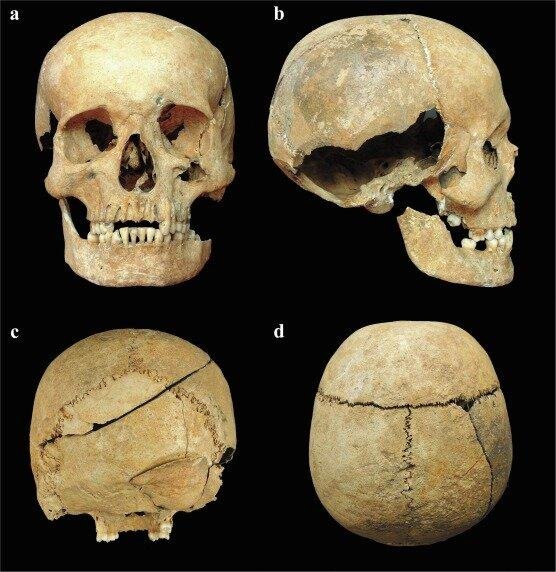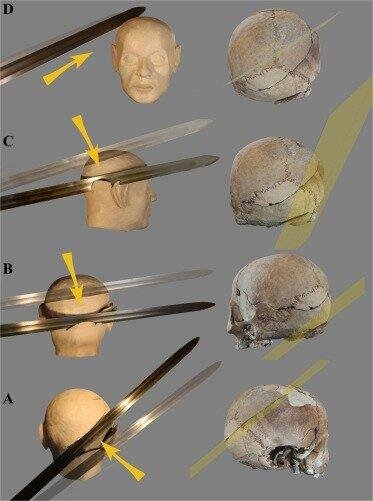A team of researchers from the University of Insubria and the University of Siena used cutting-edge technology to solve a centuries-old murder case. The team reconstruct the events that led to the death of a young man approximately 700 years ago, in what is now Italy.

The group describes how they used 3D X-ray scans, computed tomography, and precision digital microscopy to better understand the events that led to the death of a young Medieval man in their paper published in Journal of Archaeological Science: Reports.
In 2006, the skeleton was discovered at the entrance to an 11th-century Medieval tomb. At the time, scholars suggested that the skeleton had likely belonged to a member of the De Citillio family, who had constructed the church.
An first examination of the young man’s bones revealed that he died between the ages of 19 and 24. In addition to deducing the victim’s age, the researchers were able to infer other things. He had the musculature of an archer and a healed wound on his forehead, indicating past warfare experience.

Using modern technology, the researchers were able to create a virtual skull, which helped reveal the likely timeline of his death.
Examining the placement and angle of the skull wounds, the researchers discovered evidence that showed the man had been struck first on the front, top section of his head by a bladed weapon, most likely a sword, as he faced his attacker.
The wound was not deep, suggesting that the victim used a shield to deflect the attack. Then he seemed to have turned and began to run away.
He was unable to escape and was again hit on the head, this time from behind, near his ear, and then on the back of the neck. Such blows appeared to have been powerful enough to knock the young man to the ground, possibly making him unconscious.
One more blow came, this one to the top, back part of the head. Its depth suggested that the young man was no longer trying to ward off his attacker, and that the attacker was intent on killing his victim. The final blow would also have meant nearly instant death. —




























